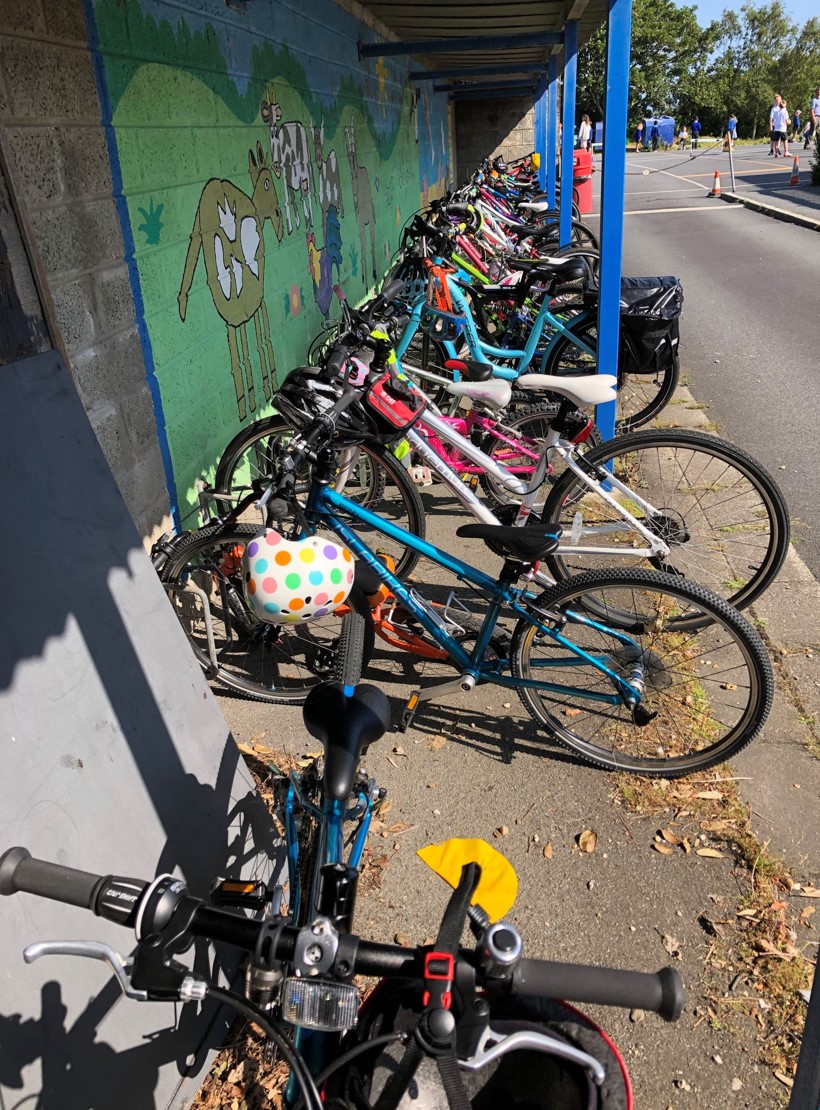Guernsey Child Physical Activity Surveillance Study
We carried out a study to monitor the activity levels of local primary school children using wearable technology. 302 Year 4 and Year 6 pupils from 6 schools volunteered to take part and wore a device called an ActiGraph for a week in Autumn 2019. ActiGraphs are small waist-worn accelerometers which estimate the amount, intensity and timing of a person’s physical activity. The devices measure activity many times per second and can provide a more accurate measure of activity levels than questionnaires.
The results show that 44% of children in the study met the current recommended guidelines of an average of 60 minutes moderate-to-vigorous physical activity per day across the week.
As has been found in other studies, younger children were more active than older children with the proportion of children meeting the guidelines decreasing from 48% of Year 4 pupils (age 8-9) to 40% of Year 6 pupils (age 10-11).
Girls were also less active than boys with almost half as many girls (33%) than boys (61%) meet the physical activity guidelines. Again this finding mirrors findings elsewhere.
As expected, children did most of their weekday physical activity during school hours, but 51% of children did less than 30 minutes physical activity of at least moderate intensity (half the daily recommendation) during school hours. The results highlight the need for investment, commitment and action to increase and maintain children’s physical activity from an early age.

Alongside many nations around the world, when we completed the Global 2018 Active Healthy Kids Report Card, we identified the need to better monitor young people’s physical activity levels. This study shows how The Health Improvement Commission has made progress in this area and the results are hugely valuable.
The results clearly show that whilst some children are sufficiently active to get the mental, physical and social benefits being active brings, there is a need to increase the amount of activity that young people can access throughout their day.
There are no silver bullets - a wide range of strategies to empower and enable children to be active from a young age are needed with particular focus on getting and keeping more girls active. This will only be achieved by thinking about physical activity as broadly as possible, from walking to school, active school lessons, active play and informal activity, high quality PE and sport. It’s also so important to include young people themselves in identifying barriers to being active and possible solutions. Collaborative action is needed from many different stakeholders, from parents and children themselves, to schools, the Health Improvement and The Sports Commissions, our politicians and policy makers and urban planners to name a few – many aims of the recently approved Activ8 Plan provide a platform to support this work.
Of particular significance is that the findings demonstrate that an increase of 15 minutes of moderate to vigorous physical activity per day would mean that approximately 70% of children would meet recommended guidelines.
The Be Active workstream, delivers a range of new initiatives to promote physical activity from work with early years settings, to school-based initiatives, workforce training, advocacy and policy work, active travel and campaigns such as #GetOutThere. The Health Improvement Commission, in partnership with the Guernsey Sports Commission, is now developing a new framework for a whole-school approach to physical activity which will be a critical part of improving children’s daily activity levels.
To read the full report click here and scroll down to the resources section